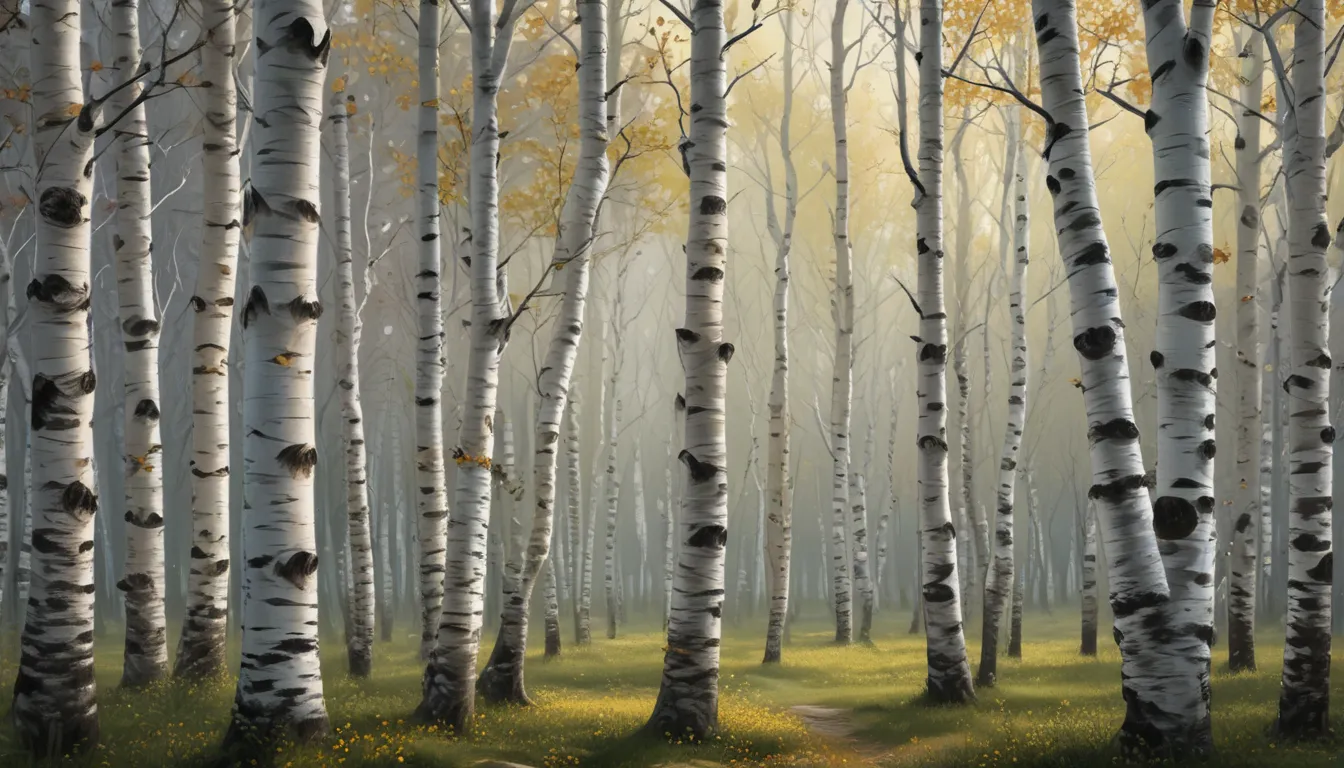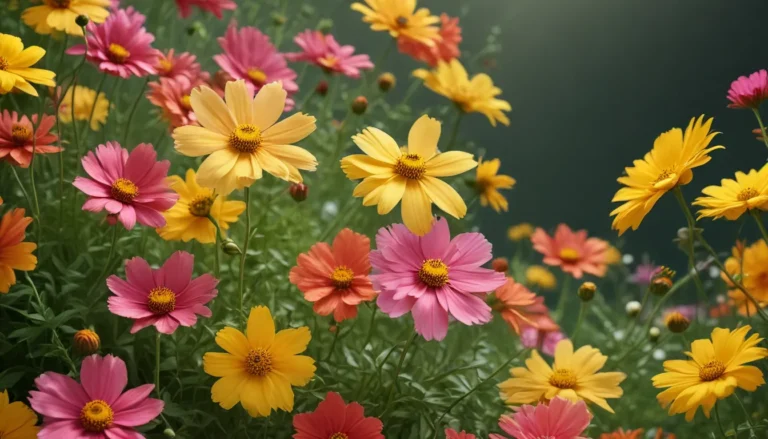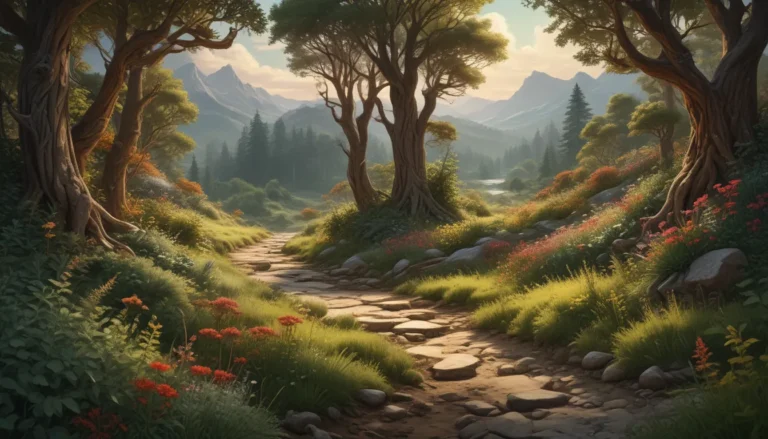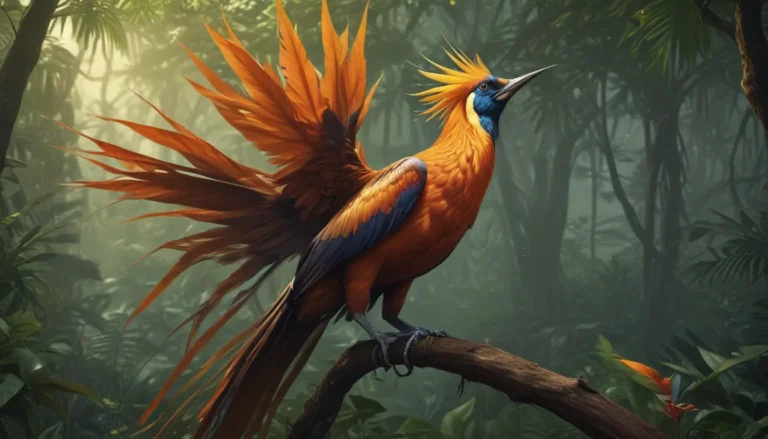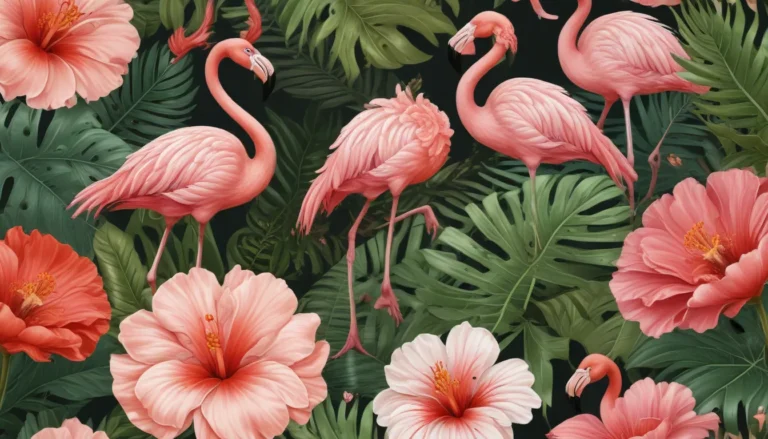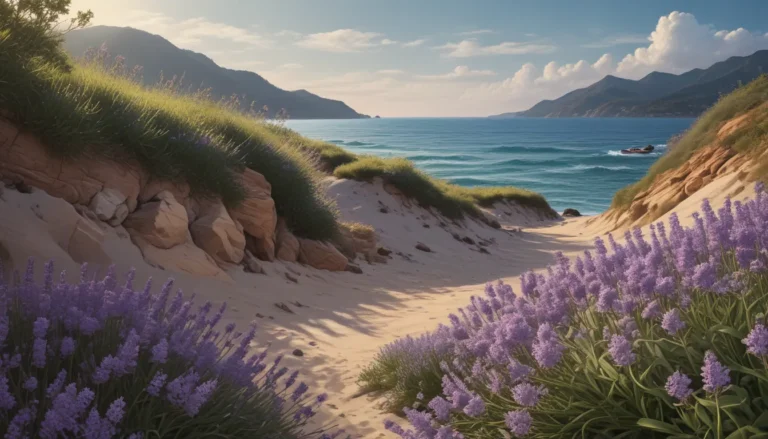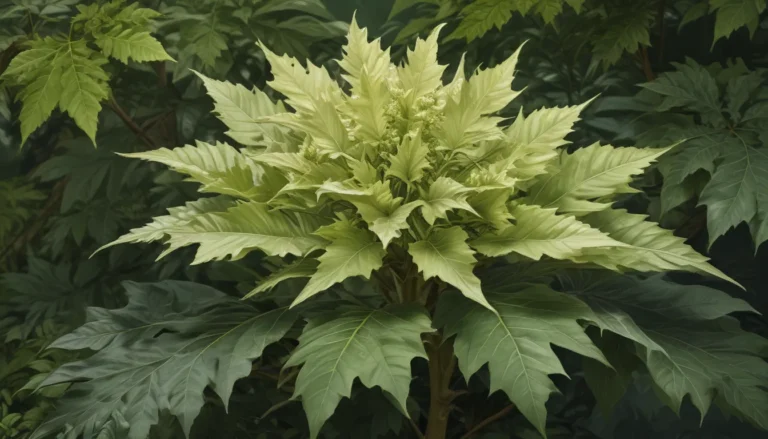The pictures we use in our articles might not show exactly what the words say. We choose these pictures to make you interested in reading more. The pictures work together with the words but don’t take their place. The words still tell you the important facts.
Gray birch trees, also known as Betula populifolia, are enchanting additions to any landscape. Their unique silvery-gray bark and delicate foliage set them apart in any setting. These native North American trees are renowned for their adaptability to various soil types and climates, thriving in open woodlands, along riverbanks, and in other natural settings. In this comprehensive guide, we will uncover 20 fascinating facts about gray birch trees. Whether you are a nature enthusiast, a homeowner looking to enhance your yard, or simply curious about the wonders of nature, this exploration of gray birch trees is bound to spark your interest. Let's embark on a journey to uncover the intriguing facets of these captivating trees.
Exploring the World of Gray Birch Trees
The Unique Beauty of Gray Birch Trees
- The gray birch, also known as the white birch or paper birch, is recognized for its stunning white bark that peels off in thin, paper-like layers, resembling parchment.
- These trees are considered pioneer species, often among the first to colonize open areas after disturbances like forest fires or clear-cutting.
- Gray birch leaves are small and triangular with doubly serrate margins, turning a vibrant yellow color in the fall, creating a beautiful contrast in the autumn landscape.
- While gray birch trees are relatively short-lived, typically living for 20 to 30 years, some may reach 50 years in optimal conditions due to their fast growth rate.
Ecological Significance and Uses
- Gray birch trees are fast-growing pioneers that thrive in poor soils, making them valuable for reforestation and erosion control.
- Their striking white bark and vibrant fall foliage make them popular choices for landscaping, enhancing the visual appeal of any setting.
- Despite their wood not being as commercially valuable as other birch species, it is used for crafting small items like turned objects and woodenware.
- Gray birch trees provide valuable food sources for wildlife, with their seeds being consumed by birds and the tree offering cover and nesting sites for various species.
Growing and Cultivating Gray Birch Trees
- These trees can be propagated through seeds or cuttings, allowing for the cultivation of genetically diverse trees with desirable traits.
- Gray birch trees prefer moist, well-drained soils and full sunlight, commonly found in upland forests, along streams, and in disturbed areas.
- Their shallow root system makes them sensitive to drought and susceptible to windthrow in exposed locations, requiring careful consideration when planting.
Cultural Significance and Traditional Uses
- Gray birch trees have cultural significance to indigenous peoples, with Native American tribes utilizing the tree for crafting baskets, canoes, and other tools.
- The tree's scientific name, Betula populifolia, reflects its resemblance to the leaves of the poplar tree, with foliage similar in shape to that of the poplar.
Symbolism and Inspirations
- Artists and poets have been inspired by the elegant appearance and symbolic significance of gray birch trees, celebrating them in literature and visual arts throughout history.
- The gray birch is a symbol of resilience and adaptability, thriving in harsh environments and playing a vital role in ecological succession.
Embracing the Beauty of Gray Birch Trees
In conclusion, gray birch trees are not only visually captivating but also play essential roles in ecosystems and cultural contexts. Their unique features, growth habits, and ecological contributions make them a cherished component of many landscapes. Whether admired for their aesthetic appeal or valued for their ecological benefits, gray birch trees remain iconic elements of natural ecosystems, symbolizing resilience and renewal.
FAQs
What are the distinctive features of the gray birch tree?
The gray birch tree is known for its striking white bark with dark, V-shaped markings, creating visual interest in landscapes. Its delicate, triangular leaves and slender branches provide an elegant silhouette that sets it apart from other tree species.
How can I incorporate gray birch trees into my landscape?
Gray birch trees can enhance landscapes by adding visual appeal and ecological benefits. Their graceful form and unique bark texture make them ideal for gardens and natural areas. Additionally, their value in supporting wildlife and enhancing biodiversity makes them valuable additions to sustainable landscapes.
Discovering the World of Gray Birch Trees
Our commitment to delivering accurate and engaging content drives our exploration of the fascinating world of gray birch trees. Each fact shared is contributed by real users, ensuring a wealth of diverse insights and information. Trust in our dedication to quality and authenticity as we continue to uncover the wonders of nature together.
